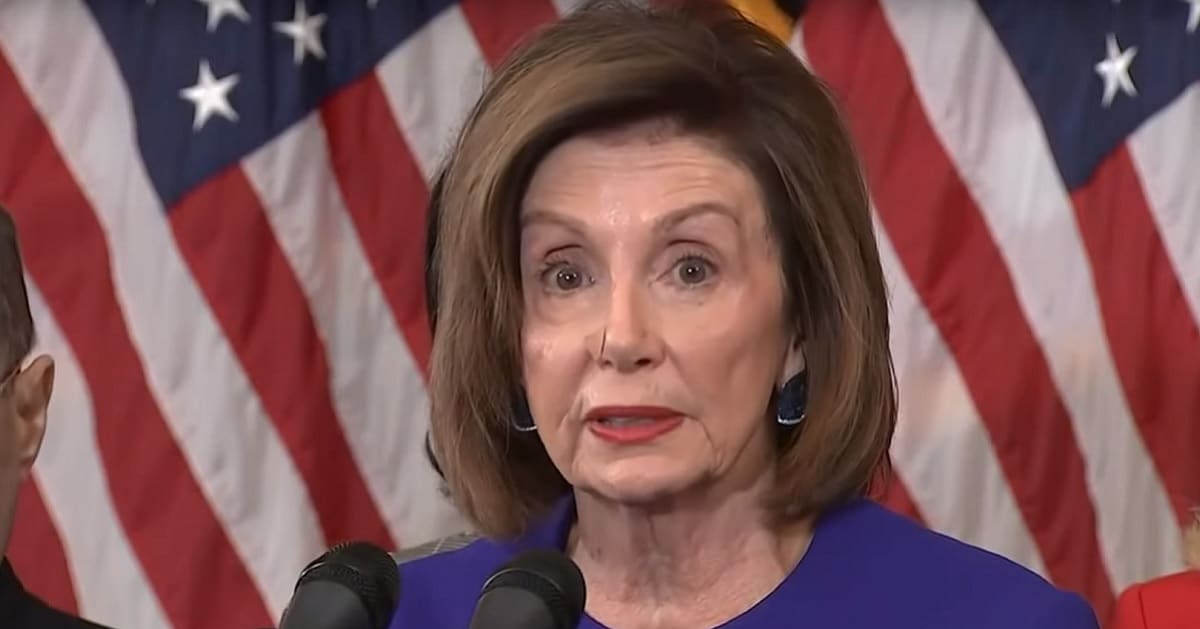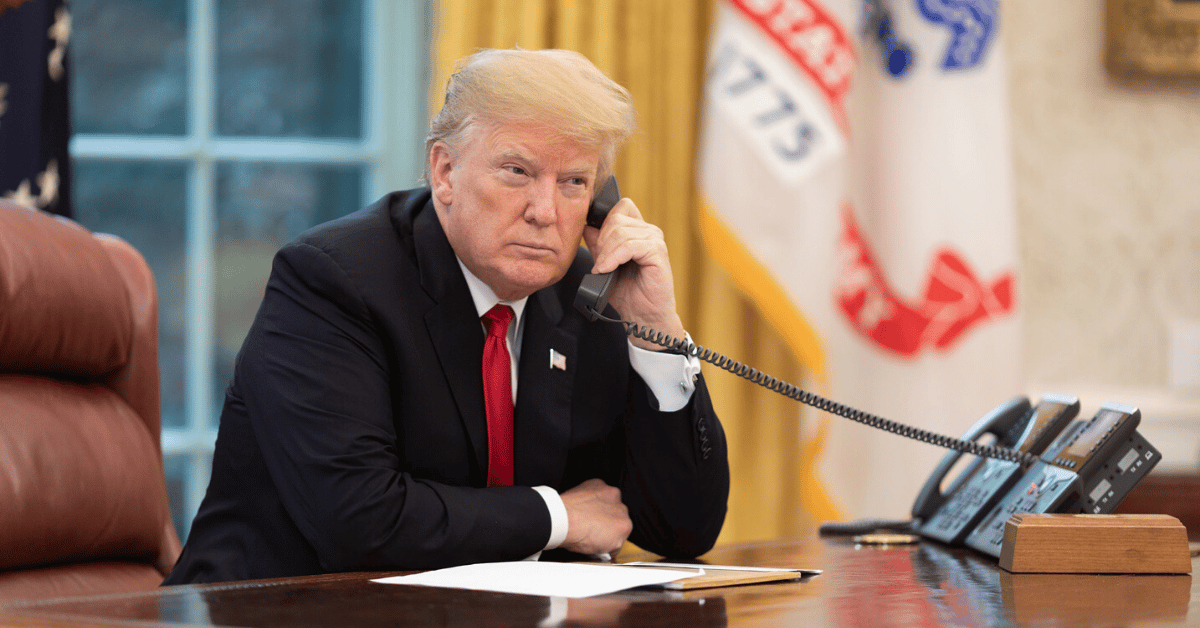




Donald Trump's prospects in the November 5 presidential election are looking brighter as the latest forecast from The Economist reveals a surge in his potential to capture the necessary 270 electoral votes against Vice President Kamala Harris.
The Economist's latest prediction indicates a 50% chance for Trump to win the presidency, marking an improvement in his electoral standing according to The Washington Times.
The recently updated model, which was released on a Friday, reflects a significant shift in the Electoral College outlook.
This new model suggests that former President Trump now has an even chance of securing victory, contrasting sharply with previous estimates where he had less favorable odds.
The pathway to reaching 270 electoral votes appears increasingly viable for him according to the forecast.
In earlier projections, Trump's chances were notably lower, with him collecting fewer than the critical 270 votes needed to win.
The recent model, however, presents a more competitive race, showing Mr. Trump poised to claim 264 electoral votes. This is an improvement from a prior forecast that had him taking only 257.
The shift in Trump's electoral fortunes coincides with Vice President Harris experiencing a slight decline in her projected electoral count.
Harris is now estimated to secure 274 votes, a drop from her earlier predicted tally of 281. The competition between the two candidates remains intensely close as they vie for victory in the upcoming election.
In the 2020 presidential contest, then-candidate Joe Biden emerged victorious with a decisive total of 306 electoral votes. Trump's performance at that time saw him garnering 232 votes. This historical context highlights the current shifts in electoral dynamics as both candidates prepare for the 2024 showdown.
The Economist's forecast provides a valuable snapshot of the changing momentum in the election race.
The detailed analysis behind these predictions takes into account numerous variables, reflecting complex electoral trends. As Election Day approaches, these models serve as indicators of potential outcomes based on current data.
For Donald Trump, the forecast update marks a renewed sense of optimism. The increased probability suggests a spike in his campaign's momentum, promising a highly competitive contest ahead. This shift not only underscores his improved standing but also illustrates the fluctuating nature of election dynamics.
On the other hand, these outcomes present a new challenge for Kamala Harris as she navigates the electoral landscape.
While still maintaining a narrow lead, the decrease in projected votes highlights the need for strategic adjustments in the campaign trail, rallying her base and appealing to undecided voters.
The evolving predictions from The Economist point toward a closely contested election with both sides vying intensely for political gain.
As Trump and Harris continue their respective campaigns, they are confronted with the need to adapt to changing forecasts, each striving to secure the electoral win.
In light of this pivotal juncture, both campaigns have a critical task ahead. They must harness the power of these predictions, steering their strategies in ways that resonate with the electorate's expectations and sentiments.
The outcome of this highly charged competition will ultimately shape the political landscape of the United States.
As November 5 inches closer, the electorate remains watchful, eager to witness which path the Electoral College will take.
The state of the electoral race, as depicted by the latest forecast, encapsulates the tumultuous nature of political contests. Many factors continue to influence the uncertainty surrounding the results, including voter demographics, campaign strategies, and unforeseen political shifts.


